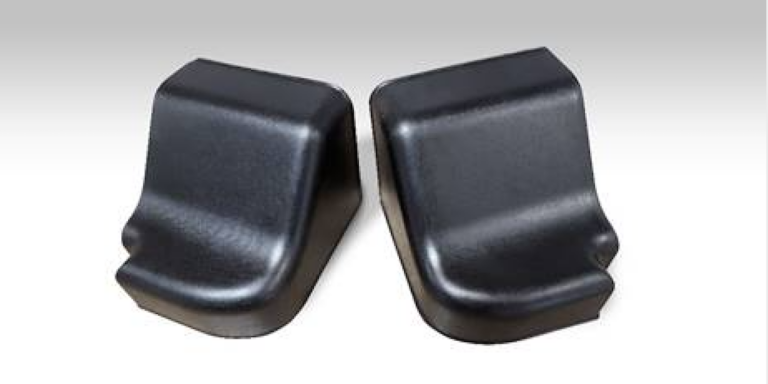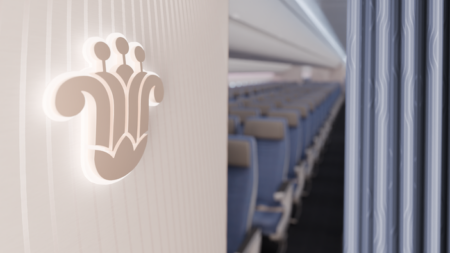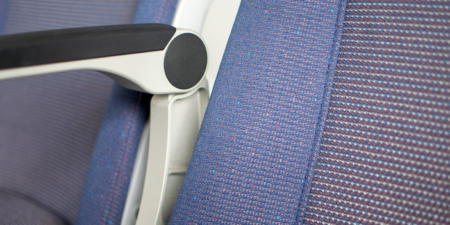AIM Altitude has developed a new nanocomposite material with claimed ‘exceptional’ fire and mechanical performance, suitable for use in aircraft interior applications. The R&D project has been conducted in collaboration with Composites Evolution Limited and Sheffield Hallam University, backed by Innovate UK.
The team has developed a thermosetting resin system, which is a blend of poly(furfuryl alcohol) (PFA) with a specific additive mix, for the production of glass fibre pre-pregs using a hot-melt process.
The companies predict the successful conclusion of the project in August 2020, bringing to market a new family of materials with improved performance, enabling greater design freedom, including new decorative finishes, and a safer passenger environment.
Vernon Thomas, Engineering Manager at AIM Composites stated, “Materials and design options for composites in fire-critical applications are currently very limited. The nanocomposites we have developed have led to enhanced performance all round. It is a better, safer product, which is bio-based and renewable. The fire, smoke and toxicity (FST) performance is better than phenolics. The reduced porosity has great advantages for the finish, reducing costs considerably, and peel-strength improvement gives vital increases to integrity and durability. All of which offers airlines greater opportunities for differentiation.”

Bio-based and sustainable
The PFA resin base is produced from biomass waste, which has a mature, secure, low-cost supply, and as it does not compete with food production, it is sustainable. The composite is similar to phenolic, but without the toxic phenol and formaldehyde compounds, making it safer across the whole product lifecycle.
“The nanocomposite solution we have developed has so many improved features it will redefine composites capabilities,” said Dr Brendon Weager, technical director of Composites Evolution.
Improved properties
The resulting cured pre-pregs have been tested at AIM Altitude’s facilities in Cambridgeshire, UK and have shown ‘substantially’ better fire properties than current phenolic pre-pregs, according to the company. The surface finish is also claimed to be superior, which in itself will reduce downstream costs in defect rectification and preparation for decoration. The enhanced fire properties will permit the use of some decorative finishes not currently available for commercial aircraft interiors.
Dr Francis Clegg, principal research fellow at Sheffield Hallam University added, “This collaborative project has been a great opportunity to investigate and apply some really interesting materials science to a leading application with potentially great impact”.





